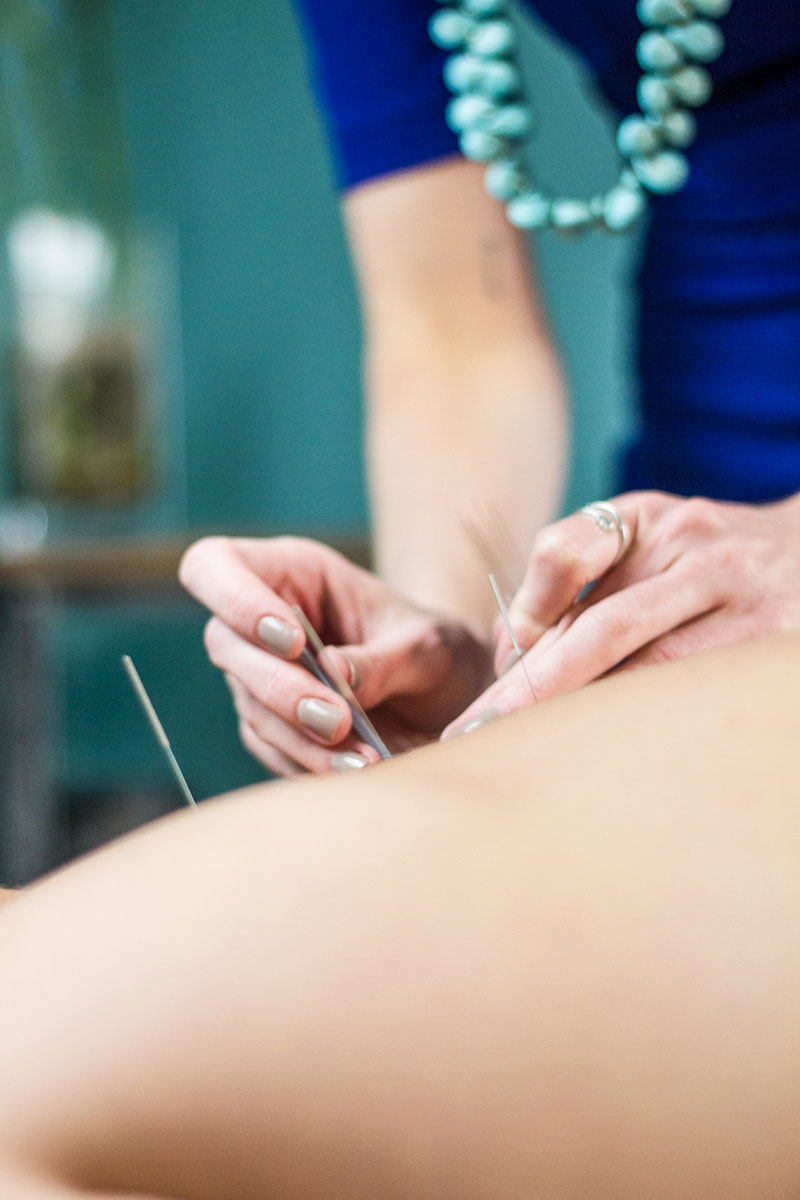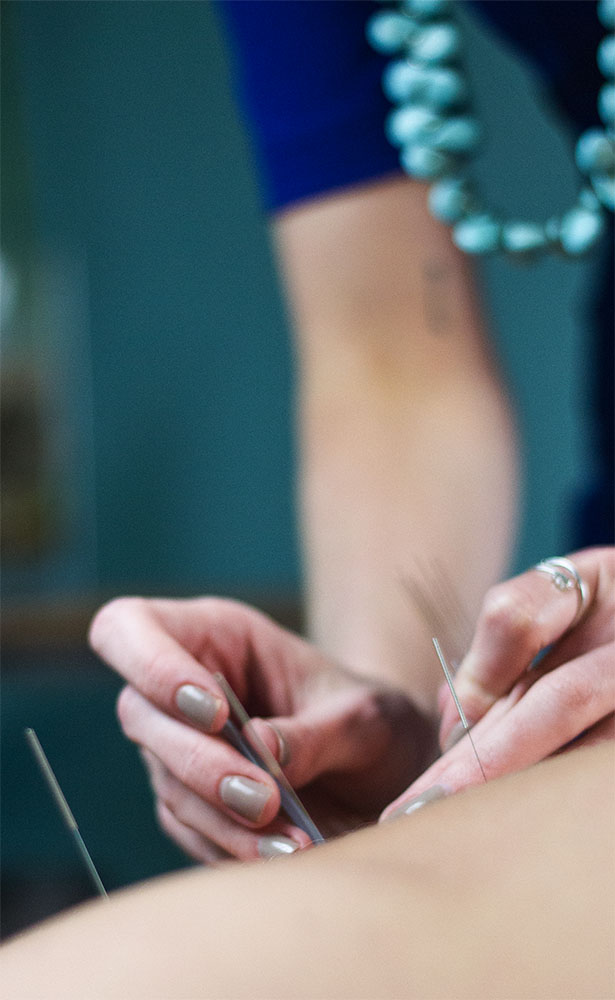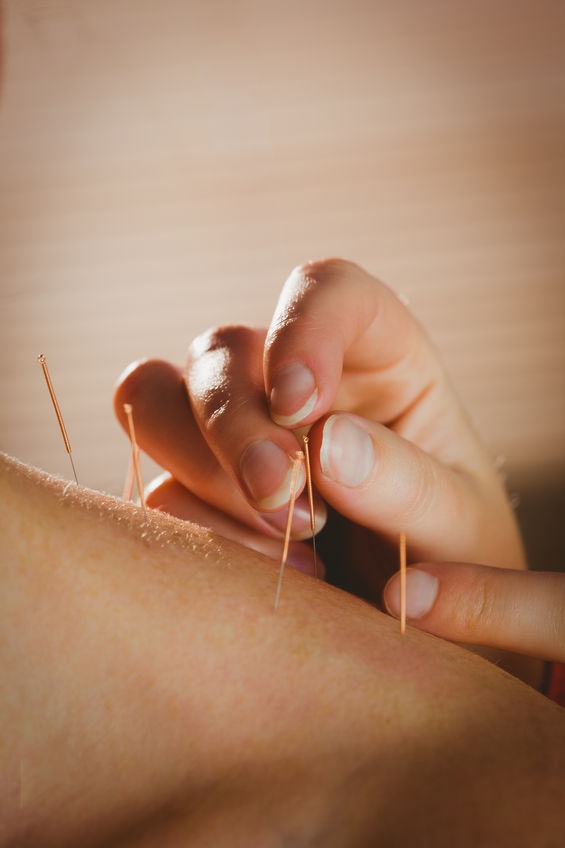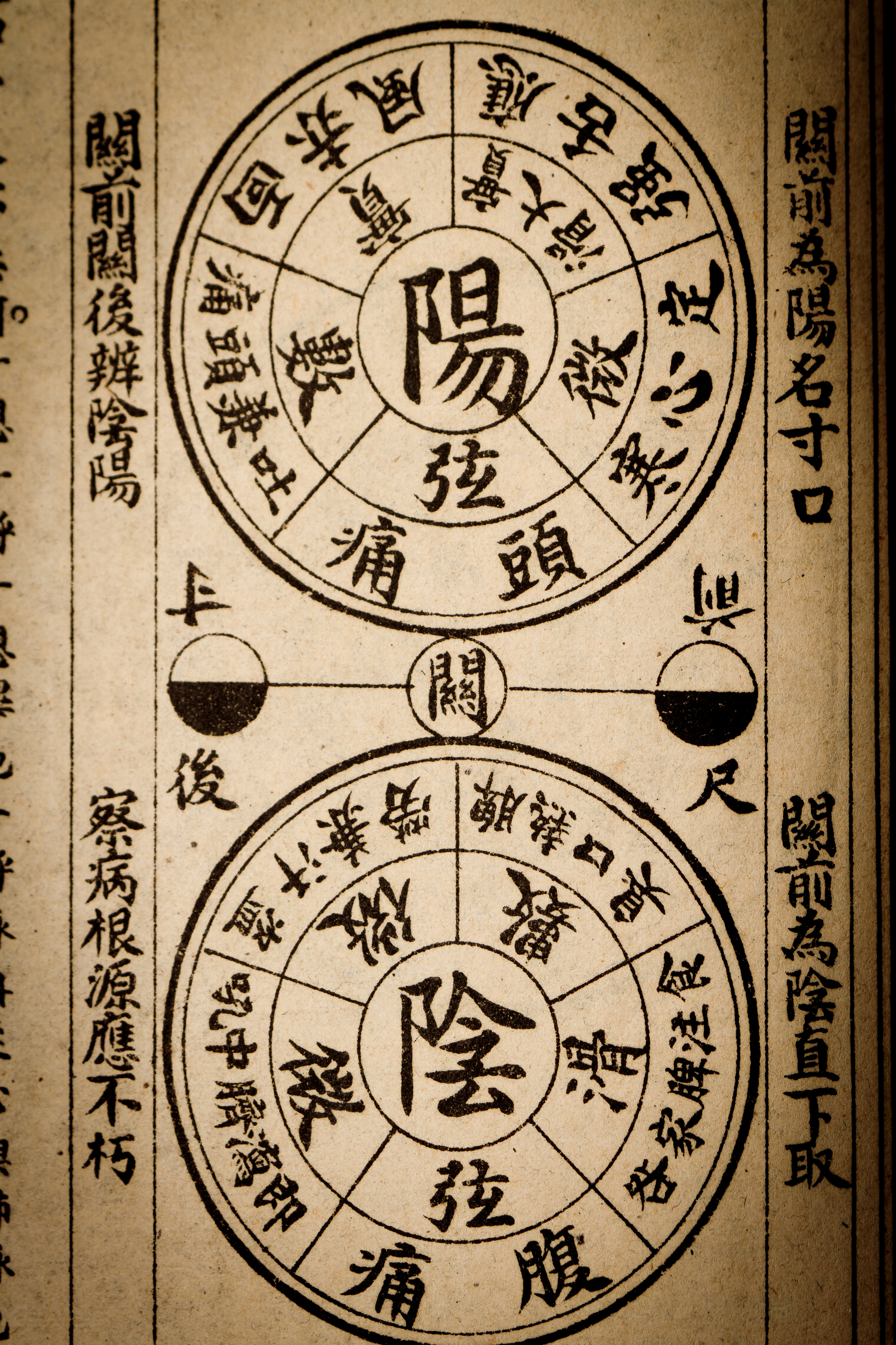
Dry Needling and Acupuncture: What’s the difference?

If you’re asking yourself, “dry what?” don’t worry, it’s a relatively new term to the western medicine wheelhouse. In a nutshell, both practices involve inserting tiny filiform needles into patients. Acupuncturists, for example, use these needles to treat a whole slew of ailments, including muscle and acute pain, emotional issues, digestive disorders, and headaches to name a few. Physical therapists practicing dry needling, on the other hand, use the needles in a way that primarily targets trigger points to treat muscle pain.
So what’s the difference?
Unlike acupuncture, which is a highly specialized practice concentrated on whole body treatment (and takes many many years to perfect), dry needling is meant to only be used for the treatment of muscle pain and can be taught to a physical therapist in a matter of days. Apart from the quick training period, dry needling has become very attractive to the physical therapy world in recent years for several reasons.

Then why the fuss?

This practice is not only dishonest, it’s also incredibly unsafe.


How Does It Work?
What’s The Next Step?
The important thing to recognize when considering dry needling or acupuncture is that you are receiving the appropriate treatment for your pain and/or symptoms. Acupuncturists are taught dry needling or “trigger point needling” in the nearly 4,000 hours of training required for a certification. This is why it is vital to verify that a practitioner using needles is a licensed acupuncturist.
We're Here To Help
Whether the issue is chronic or acute problems or you simply just want to find ways of healing without prescription drugs, contact a professional at On Point Health & Wellness in Beckley WV for a consultation today.
